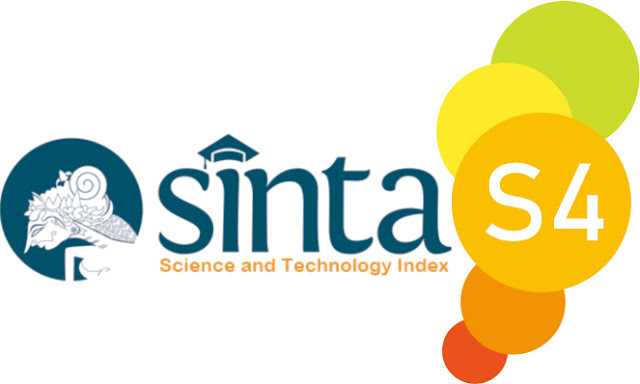Correlation of Blood Groups and Haemoglobin Levels in Pregnant Women
DOI:
https://doi.org/10.53861/lontarariset.v6i2.597Keywords:
anaemia, haemoglobin levels, blood groups, pregnant womenAbstract
Anaemia occuring during pregnancy represents a significant public health issue, especially in developing countries. Multiple sources have indicated a correlation between blood type and haemoglobin levels, but local data remains limited. This study aims to assess the distribution of ABO and Rhesus blood types and haemoglobin levels in pregnant women in rural Lamongan, Indonesia, and to evaluate the relationship between them. A cross-sectional study was conducted on 60 pregnant women at Ida Susila's Private Practice (November 2024–May 2025). Blood type data were obtained from the KIA Book, while haemoglobin levels were measured using a digital haemoglobin meter. For the data analysisi, the chi-square test and Spearman’s rho were the chosen statistical tools. Blood type O was the most common (46.7%), followed by B (25%), A (20%), and AB (8.3%). Most respondents were Rhesus positive (96.7%). The highest average haemoglobin levels were found in blood type AB (11.6 g/dl) and the lowest in blood type B (9.9 g/dl). Anaemia was most commonly found in blood group B. Blood group was found to be significantly associated with haemoglobin levels (p=0.009). Blood group, particularly, showed a higher tendency towards anaemia in pregnant women. Early screening of blood group and haemoglobin levels is important for promotive and preventive efforts against pregnancy-related especially in rural areas.
Downloads
Downloads
Published
How to Cite
Issue
Section
License
Copyright (c) 2025 Cityta Putri Kwarta, Kholifatul Ummah, Rakhmalia Imeldawati, Nurul Fathiyyah, Ainun Ganisia, Shinta Nur Rochmayanti, Ida Susila

This work is licensed under a Creative Commons Attribution 4.0 International License.
Lontara Journal Of Health Science And Technology is licensed under Creative Commons.
The journal allows the author to hold the copyright of the article without restrictions.
The journal allows the author(s) to retain publishing rights without restrictions.
The legal formal aspect of journal publication accessibility refers to Creative Commons Attribution 4.0 International (CC BY 4.0).
The Creative Commons Attribution 4.0 International (CC BY 4.0) license allows re-distribution and re-use of a licensed work on the conditions that the creator is appropriately credited and that any derivative work is made available under “the same, similar or a compatible license”. Other than the conditions mentioned above, the editorial board is not responsible for copyright violations.











